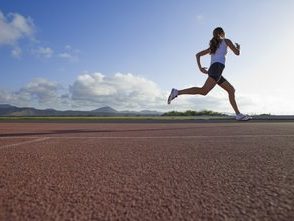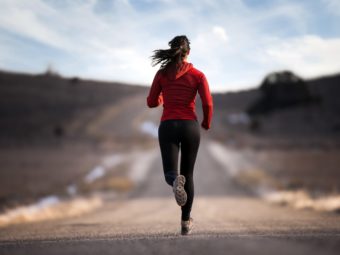Sometimes when I read fellow runners’ post on Facebook complaining about tight hip flexors and what they should do about them, I tend to wonder if they were ever shown what energy-efficient running truly looks like. I can only imagine they are lifting their knees with every step instead of bending their knees and I think of how much energy they are wasting. You see one of the key differences between ChiRunning and conventional runners is the way the leg swings.
Conventional runners will push off with their toes and pull the leg through with sheer muscle strength of the hamstrings and quad muscles. When the leg does come forward they will momentarily break their forward momentum as the foot meets the oncoming road in front of their body. Then they paw back to continue the forward propulsion. When you think about how much energy is spent and the excessive muscle use, it only stands to reason that the individual is bound to experience some soreness and in some cases, injuries.
The ChiRunner on the other hand has several things working in their favor. First is their alignment with gravity and second, the ability to allow the force of the oncoming road to sweep their legs to the rear. This type of runner is trained to lift their ankles or keep their knees down to keep the circular stride. It’s because of the circular stride they’re able to land just slightly or even right under their center of balance with each foot strike. Because they relax into a slight forward fall, the oncoming road moves their leg for them while they peel their ankle off the ground as the foot travels underneath the body. The ankle lift or bent knee stands out in contrast to the pendulum stride of the average runner. Because relaxation is imperative for ChiRunning, this type of runner is always mindfully adjusting to conditions to benefit efficiency and effortlessness. As a result, their hip flexors and other muscles are rarely sore.
Proper posture and running technique go hand-and-hand and do not just happen. Learning how to change your technique is a gradual process but you can reap the rewards of saying goodbye to sore muscles and hello to more energy without effort. When you learn to relax each stride, you can also increase the distance you cover with each step. Pelvic rotation can increase each step an average of 4-6 inches and no muscle engagement is required. Truly effortless running at its best! Which way would you want to go if you were going on a long run - the easy way or the hard way? It’s your choice.




